
OR
Underprivileged receive ID cards, but remain deprived of privileges
Published On: September 13, 2023 02:15 PM NPT By: Govinda Luitel
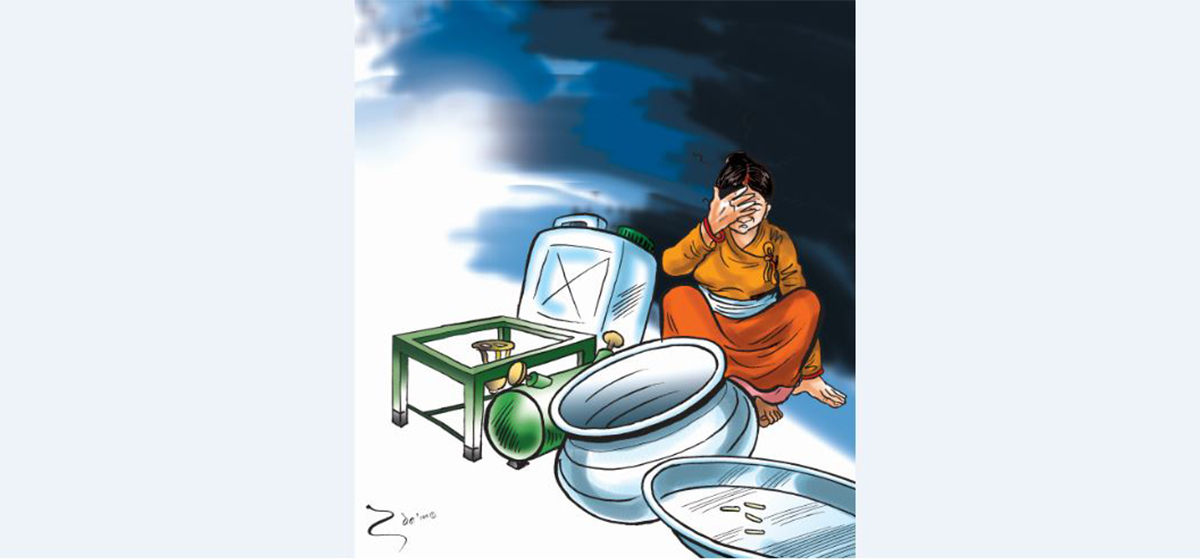
KATHMANDU, Sept 13: Over the past decade, since 2013, the government has allocated Rs 3.41 billion to issue identification cards to 313,330 impoverished families under the Identification of Poor Households Program. However, the government has not decided what kind of privileges will be provided to the underprivileged families. Under the Ministry of Land Management, Cooperatives and Poverty Alleviation, the Identification of Poor Households Program has been ongoing for a decade.
The government formed the Poor Household Coordination Board in the fiscal year 2013/14 to identify underprivileged families. The Board spent four years identifying 391,000 underprivileged families in 26 districts. But when the Ministry of Land Management and Cooperatives cross-checked the data, it found that only 90,000 were underprivileged families. In 2017, identity cards were issued to 90,000 families after investigation by the ministry. After that, in the year 2022/23, an additional 223,330 families were issued identity cards. Despite a huge government investment in identifying underprivileged households and distributing identity cards, it has yet to prioritize poverty reduction programs or make meaningful changes to the daily lives of underprivileged people.
Based on the needs of the underprivileged families, the relevant ministries of the federal government, provinces and local units should have carried out a coordinated program, but its form has not been decided. "The underprivileged that have got identity cards are hopeful," said Ananta Basnet, under secretary of the Poverty Alleviation Program Coordination Branch of the Ministry of Land Management, Cooperatives and Poverty Alleviation.
The Identification of Poor Households Program was initiated with the goal of reducing poverty by providing education, health services, skills training, and government support to underprivileged families. Although the government has adopted a policy to reduce poverty, it has not implemented the corresponding programs. Experts say that if there is no coordination and priority between the three levels of government to create and implement programs based on the needs of poor families, Nepal will have difficulty achieving the Millennium Development Goals if the policies and programs taken for poverty alleviation are not successful.
"When there is a delay in conducting the necessary programs aimed at underprivileged families who have received identity cards in coordination with the central government, the government's policies and programs to reduce poverty have started to be questioned." Only if the poor families can be connected with education, health, skills, income generation and the privileges provided by the state, the return of the state's investment in identifying the poor will be seen," said Basnet.
Janak Raj Joshi, joint secretary of the ministry, said that it was not possible to implement poverty alleviation programs in coordination and priority among all three levels of government. "If the state only gives identity cards but does not provide proper benefits, it will be considered dishonest towards the underprivileged, it will hinder the government's goal of reducing poverty," he said.
Gopinath Mainali, former secretary to the government, argues that positive results cannot be achieved in poverty alleviation unless programs are conducted based on the needs of underprivileged families, and if only distribution-oriented programs are conducted, there will be more challenges in poverty alleviation. According to Economic Survey 2022/23, 17.1 percent of Nepal's population lives below the poverty line. It is mentioned in the Poverty Alleviation Policy, 2076 BS to build a long-term poverty-free and egalitarian society.
The poverty alleviation strategy seeks to reduce economic inequality and decrease the population living below the poverty line to 5 percent by 2086 BS, ultimately aiming for zero poverty by the end of the century. The strategy aims to establish easy and equitable access to minimum human needs for decent living by identifying underprivileged individuals, families and disadvantaged groups. Nepal has set a goal of achieving sustainable development goals by 2086 BS and becoming a middle-income country. To meet this target, Nepal has to reduce poverty to 5 percent.
Experts say that even though dozens of government programs are related to poverty alleviation, they have failed to reach the real underprivileged population. Understanding who the underprivileged are, how they became underprivileged, recognizing that and advancing programs based on the identity cards will help reduce poverty, but now every ministry is advancing programs just to show, so the results are not seen according to the policy of poverty alleviation," said former secretary Mainali.
In the annual budget statement for the fiscal year 2022/23, it was mentioned that the program aimed at the poor would be implemented effectively. The budget statement also included provision of employment, capacity building and skill development training for the poor and urban poor and arrangements for construction of apartments with basic facilities. In the budget of the year 2023/24, it is mentioned that the identity card will be used as a basis for the distribution of identity cards for the underprivileged and the facilities provided by the state. The government has planned to name the card as a ‘state facility ID card’ instead of the ‘poor ID card’.
Millions spent on ID cards
The Identification of Poor Household started on the basis of Nepal Living Standard Measurement Survey 2009/10 has been going on for a decade. So far, the state has spent Rs 3.41 billion rupees on identifying the underprivileged, according to official records. There is no official data about the actual number of real underprivileged families in the country.
The work of identifying the underprivileged, which was initially carried out by the Poor Household Coordination Board, has been carried out by the Ministry of Land Management, Cooperatives and Poverty Alleviation since 2017. Rs 119.4 million have been spent by the Ministry in three years and Rs 1.61 billion have been sent to the local level under fiscal transfer.
Last year, the ministry spent an additional Rs 1.50 billion. In the current year too, Rs 132.6 million have been spent under the identification of underprivileged families and distribution of identity cards. The Board spent Rs 168.3 million during the first four years. According to the 60th annual report of the Auditor General, Rs 2,633 have been spent on identification and distribution of identity cards for underprivileged families so far.
According to the ministry, identity cards have been distributed in 23 different districts where poor families have been identified. Taplejung, Kavrepalanchok, Banke, Sankhuwasabha, Dhading, Surkhet, Dhankuta, Myagdi, Dailekh, Solukhumbu, Makwanpur, Salyan, Mahottari, Lamjung, Darchula, Panchthar, Dang, Doti, Rasuwa, Syangja, Dadeldhura, Udayapur and Palpa in the year 2022/23 Damodar Wagle, Assistant Spokesperson of the Ministry, said that 223,330 poor households have been given identity cards.
Similarly, the final list of poor families has been prepared in 15 districts namely Okhaldhunga, Bara, Nuwakot, Rupandehi, Saptari, Parsa, Manang, Kanchanpur, Dhanusha, Dolakha, Mustang, Baitadi, Sarlahi, Sindhupalchok and Gulmi. After approval by the Council of Ministers, the identity card is ready to be distributed. According to the ministry, although the poor family identification data has been collected in 13 districts namely Ilam, Thehrathum, Chitwan, Jhapa, West Nawalparasi, Lalitpur, Kaski, Morang, Bhaktapur Parbat, Sunsari, Kathmandu and Nawalparasi East, the analysis is yet to be done.
Mismanagement on top of chaos
By the year 2074, 391,000 poor households were identified in 26 districts through the Poor Household Coordination Board. There is a suspicion that the real poor are not included in the details collected by the board during a period of four years by spending Rs 168.3 million. Questions have been raised on the criteria of poverty, the format used to collect the data.
Similarly, Under Secretary of the Ministry Jhabindra Pandey said that there was a problem in the distribution of identity cards as some wealthy individuals were included on the list of underprivileged individuals due to political interests. Thus, only 90,000 impoverished households received identity cards at that time. The number of poor families identified by the board and the duration of identity cards distributed is five years. An official of the ministry said that this has created confusion about identity card renewal after expiry date.
Some local levels have not participated in the Identification of Poor Households Program. Kathmandu Metropolitan Municipality, Tulsipur Sub Metropolitan Municipality, four rural municipalities of Saptari, one rural municipality of Dhanusha have not cooperated in the collection of statistics.
Locals have protested after reports of underprivileged families in Darchula District were submitted to the ministry without hearing.
You May Like This
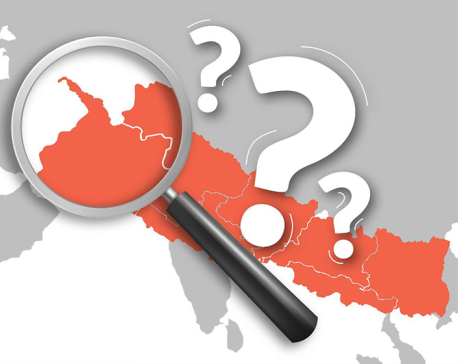
Nepal fails to disseminate the new political map to embassies: Diplomatic oversight or negligence?
KATHMANDU, Sept 10: Following the approval of Nepal's new map by the federal parliament, the government led by then-Prime Minister... Read More...
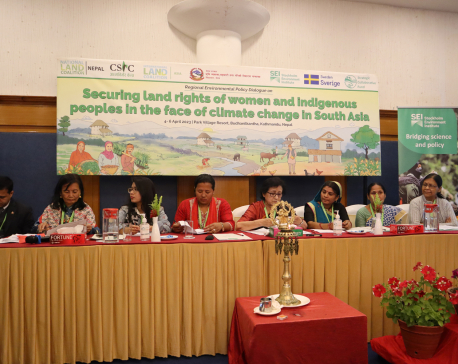
Ministry of Land belongs to landless too: Secretary Regmi
KATHMANDU, Feb 5: Secretary at the Ministry of Land Management, Cooperatives and Poverty Alleviation, Damodar Regmi has said that the... Read More...
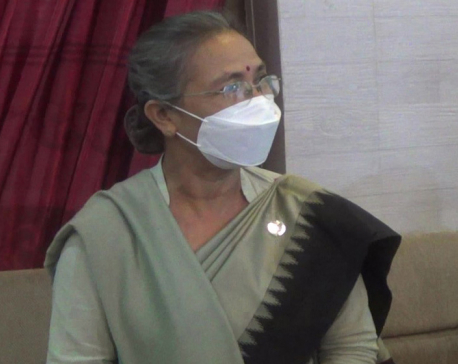
Judiciary needs to be remodeled: Minister Shrestha
BIRATNAGAR, Oct 31: Minister for Land Management, Cooperatives and Poverty Alleviation, Sashi Shrestha has stressed the need for restructuring the... Read More...




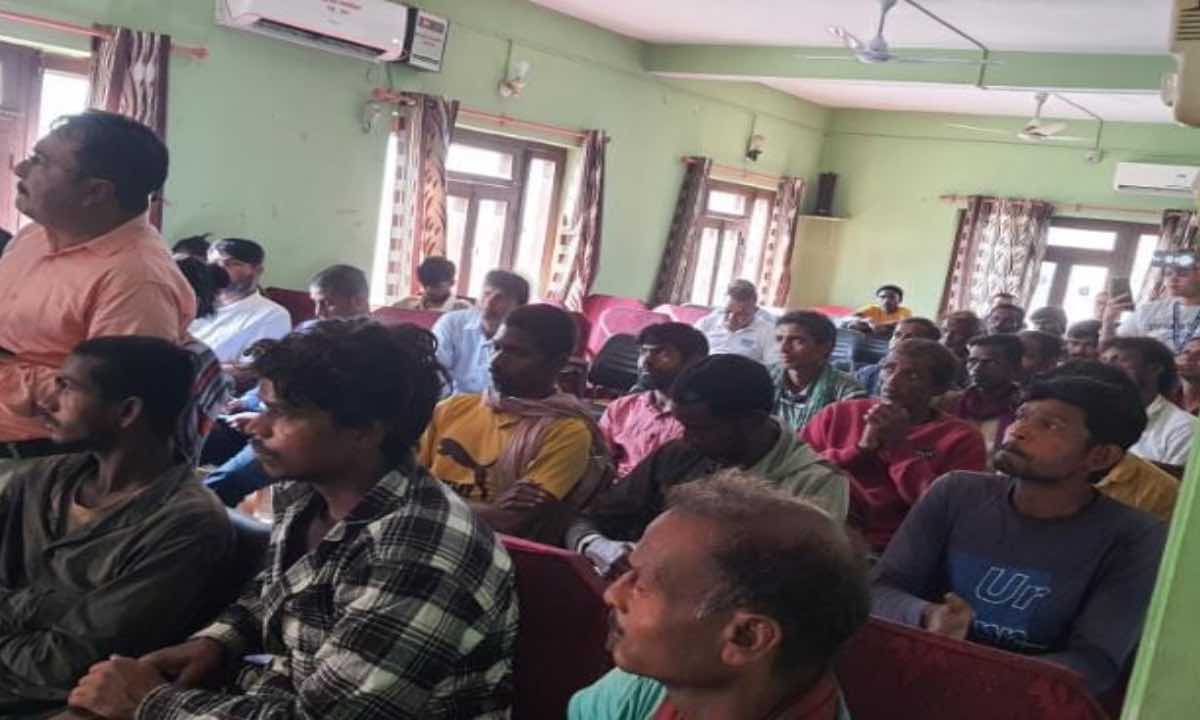

Just In
- Rapid response team mobilized in Dhangadhi against cholera outbreak
- 28 workers held hostage in India rescued
- Simaltal bus accident: 40 kg magnet deployed in search for missing bus
- Youth of eight districts lead in foreign employment
- Nepal at high risk of Chandipura virus
- Japanese envoy calls on Minister Bhattarai, discusses further enhancing exchange through education between Japan and Nepal
- Heavy rainfall likely in Bagmati and Sudurpaschim provinces
- Bangladesh protest leaders taken from hospital by police





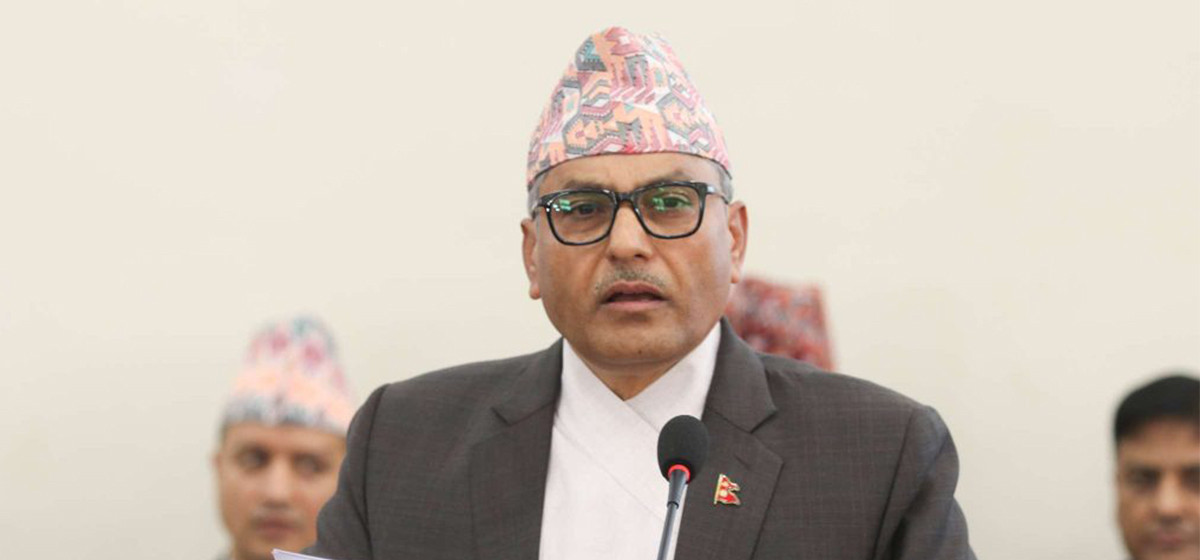
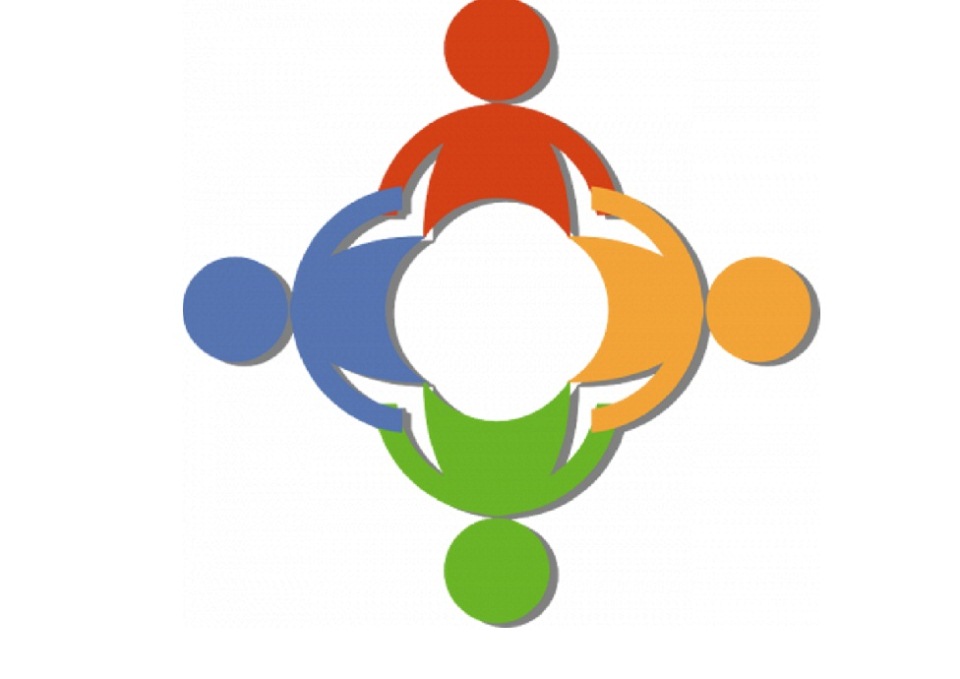

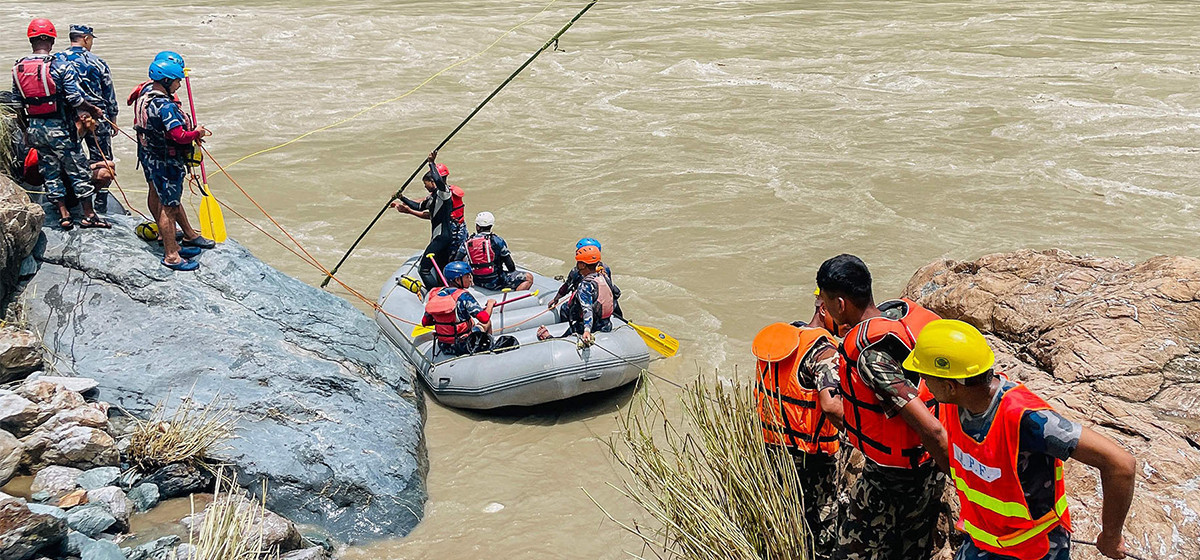
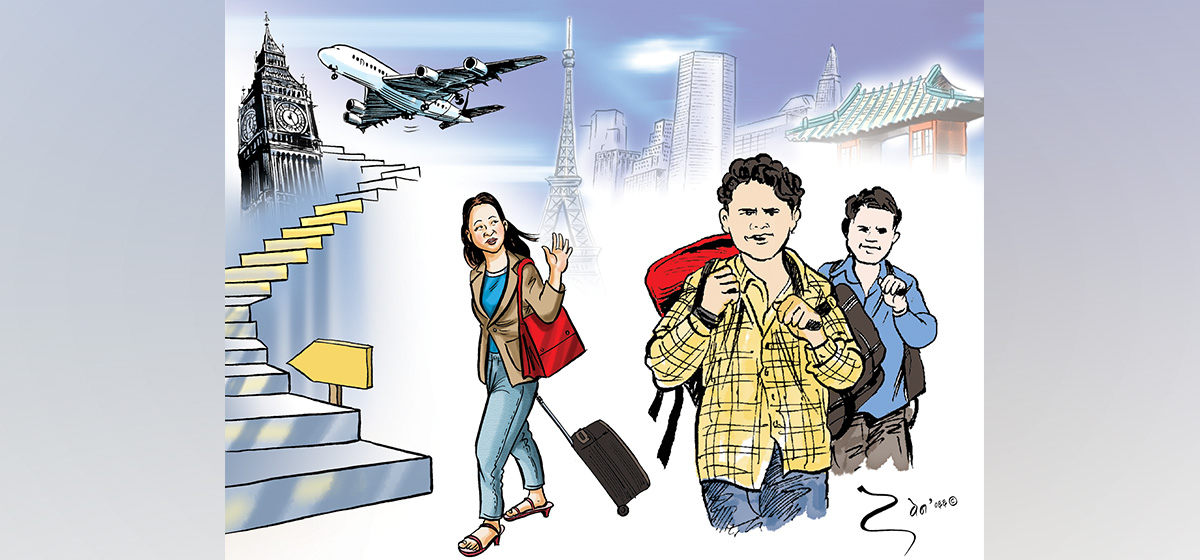



Leave A Comment